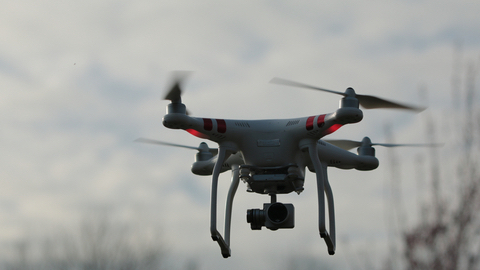
Miranda Costenoble, a graduate student researcher with the US Army Combat Capabilities Development Command (DEVCOM), recently presented her work on enabling the development of quieter small unmanned aerial systems (sUAS). Her research demonstrates how information can be obtained about airfoil boundary layers using high-fidelity computational fluid dynamics (CFD).
CFD is a method that provides a qualitative prediction of fluid flows. The new work uses CFD to look at the parameters of the aircraft’s airfoil boundary layers – the airflow near the surface of the rotor blade’s airfoils. sUAS designers can use this technique to incorporate acoustics into the design process.
The project is part of a research program at DEVCOM addressing UAS platform design and control challenges. Researchers are looking for enabling capabilities to advance Army missions in multi-domain operations.
“Interdependence of various research areas requires a comprehensive approach to develop solutions that improve a number of desired attributes in UAS’ such performance, maneuverability and noise simultaneously,” said Dr. Rajneesh Singh, lead for Vehicle Integrated Analysis at the laboratory. Reducing noise emission without compromising on the UAS flight range or endurance has been “a hard problem for the S&T community,” Singh said.
There are a number of applications where the Army would require a small, stable, terrain-independent platform – including deploying quieter drones for surveillance tasks in dense areas without the risk of being discovered.
Developers currently use “semi-empirical” models when designing sUAS, but these models are out-of-date and were developed for a particular airfoil. Without the CFD methodology, researchers would have to use expensive and time-consuming wind tunnel tests to obtain the needed information.
“The parameters of the boundary layer flow are not available in prior literature for most airfoils, and cannot necessarily be obtained from simplified aerodynamics methods,” Costenoble said. “The goal of this work is to develop a method of obtaining the parameters of the airfoil boundary layer from an existing high-fidelity computational fluid dynamics code, without requiring any more effort from the code’s end-user than was required previously.”
